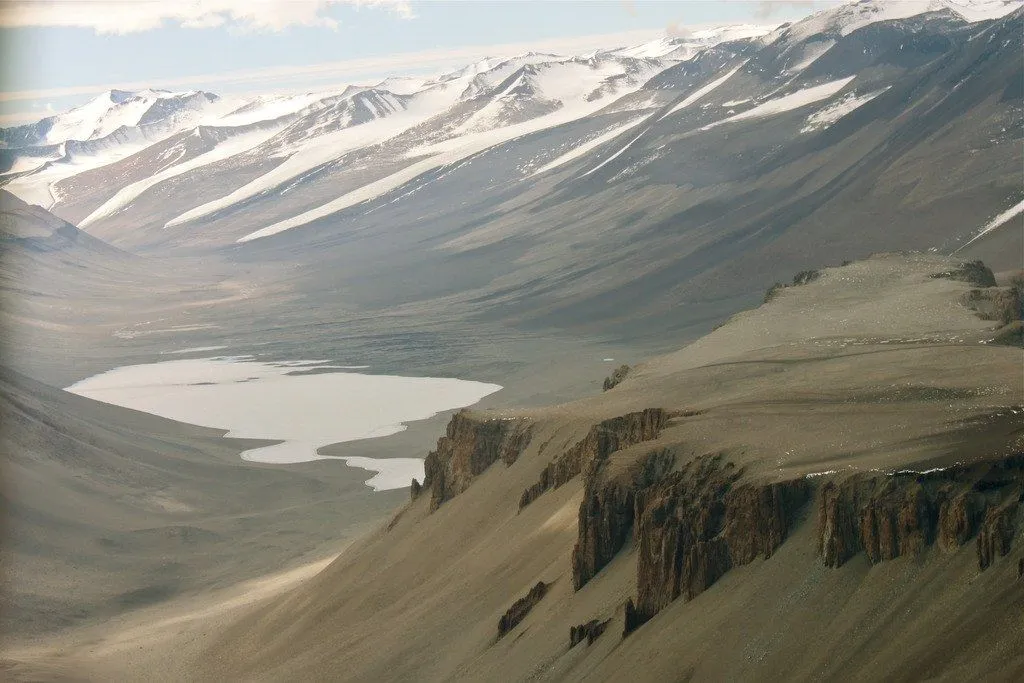Country:
Region:
Value:
Visit duration:
Price (adult):
free
Why Top:
The saltiest lake on Earth, which does not freeze even at ‑50 °C.
Description:
It’s approximately 300 meters long, 100 meters wide, and only up to 2 meters deep. Salinity: over 45%, making it the saltiest body of water on Earth (saltier than the Dead Sea). Due to the extreme salt concentration, the water remains liquid even at temperatures down to –50°C. Scientific significance:
Significance:
Considered analogous to Martian conditions; studied by NASA and other researchers to understand extremophile microorganisms and possible life on other planets.
Categories:
Labels:
Most
Why visit:
Interesting:
Fitness level:
Best visit time:
Access:
Roads:
Emergency:
112
Info:
Safety:
Safely
Clothing:
Seasonable
Connection:
Ok
- Tuareg
- 24 Facts About The Colosseum
- Greece
- Hiroshima’s nuclear blast: how tragedy reshaped travel routes
- Dance of Spirits in the Arctic Sky: The Northern Lights in Lofoten Island Mythology
- Derbent (Dagestan, Russia)
- 12 of the best places to visit in April in Europe: beaches, Easter, cities, and adventures
- Kenya Nchi Yangu Song
- Egypt
- The Highest Settlements in the World: Life on the Roof of the Planet
- Mongolia
- Indonesia
- Sumatra
- Lofoten Islands
- The World’s Most Dangerous Countries for Tourism in 2025
- Irkutsk
- Turkmenistan
- Baikal facts
- Taco – the taste of Mexico in your hand: history, traditions and travel routes
- Film about Kamchatka – Volcanoes, Wildlife and Untouched Nature











